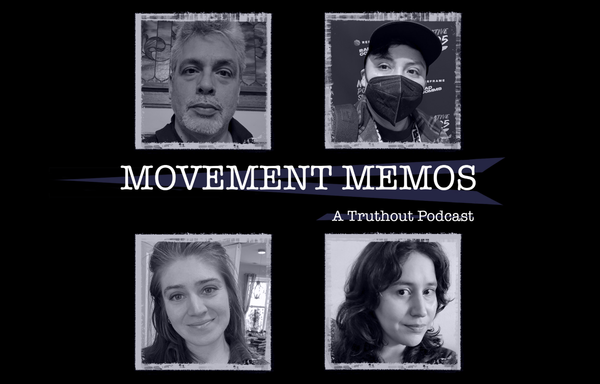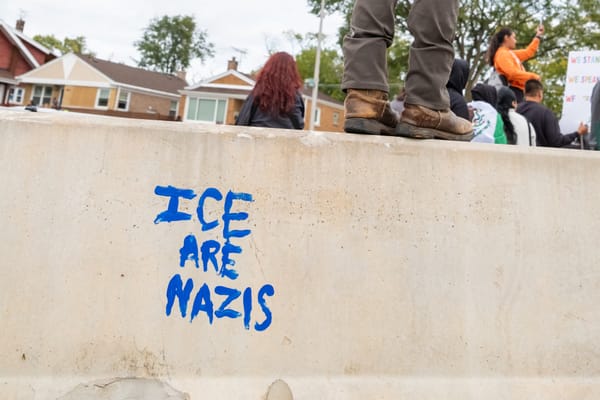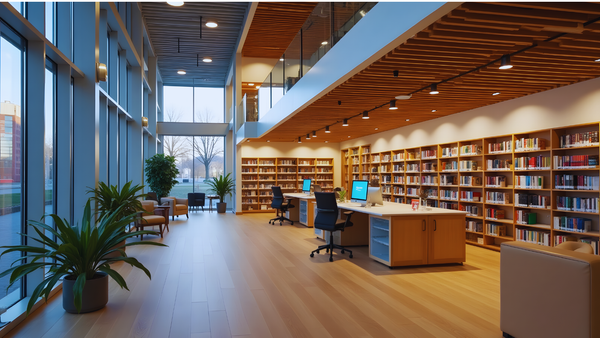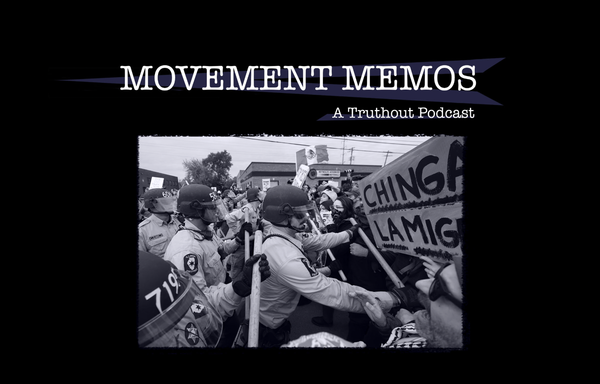The Abortion Funding Crisis: What’s Happening and What We Can Do
“Abortion care is a community responsibility,” says Meghan Daniel.
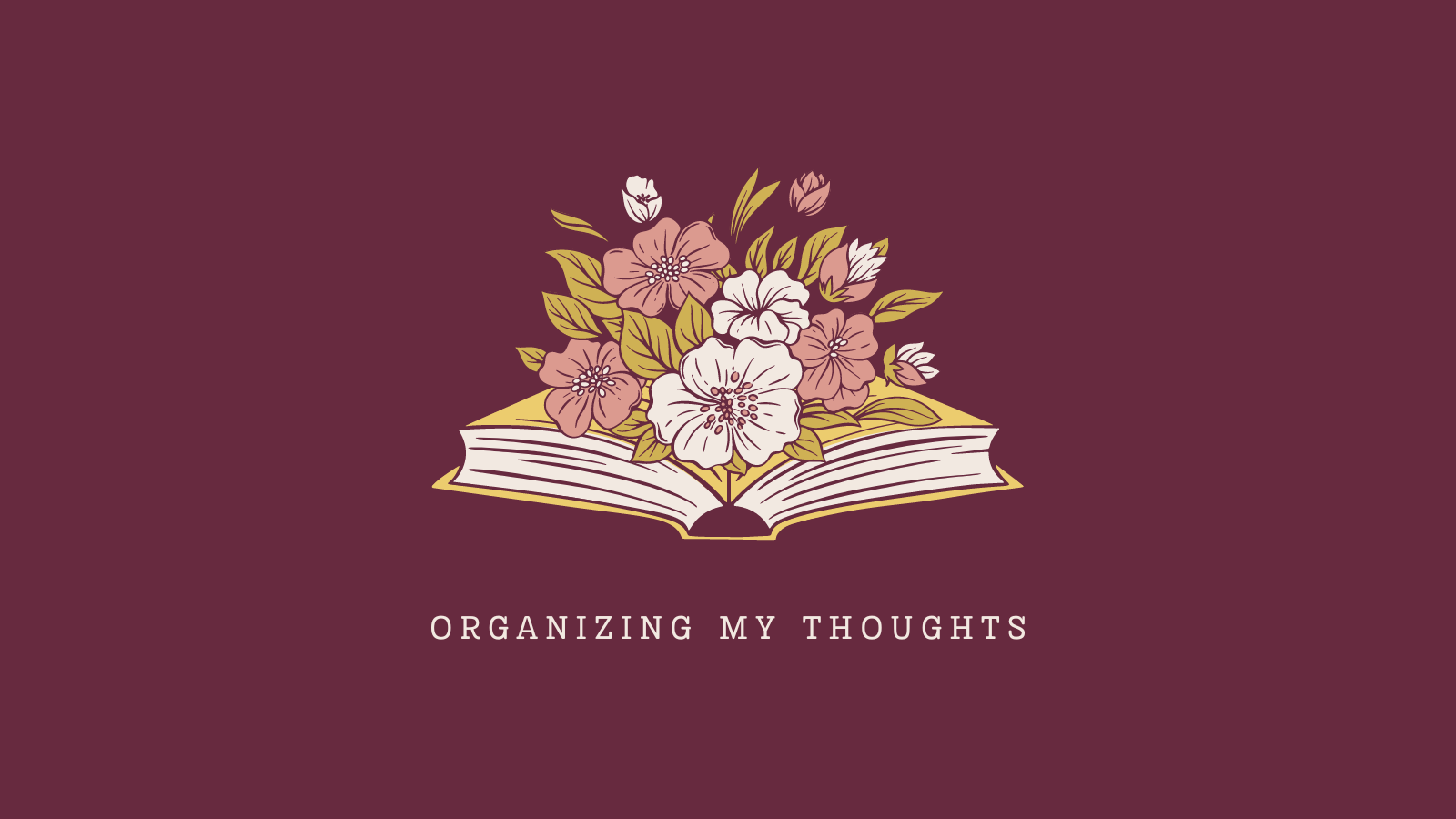
In the days and weeks following the Supreme Court’s decision to overturn Roe v. Wade, many of us donated to abortion funds. Those contributions were sorely needed. In the year following the Dobbs decision, abortion funds reported a 39% increase in requests for assistance. That year, abortion funds supported at least 102,855 people, distributing $36,971,667 in assistance, according to the National Network of Abortion Funds. Funds distributed for practical support, including travel expenses and childcare, increased by 178% as more people were forced to travel out of state to access care. While requests for assistance continue to rise, so-called “rage donations” have tapered off. Some large organizations have also reduced their financial contributions to the daily work of helping abortion seekers access the care they need. Oriaku Njoku, the executive director of the National Network of Abortion Funds, has characterized the current situation as an “abortion funding crisis.”
Since the fall of Roe in 2022, twenty-one states have banned or severely restricted abortion access. Abortions can cost hundreds or even thousands of dollars, depending on the patient's needs and additional expenses, such as travel or child care. One of the funds scrambling to help abortion seekers access the care they need is the Chicago Abortion Fund (CAF). While the fund is based in Chicago, CAF’s helpline fields calls from around the country. I recently spoke with Meghan Daniel, who is CAF’s director of services, about the pressures abortion funds are experiencing, why funds are dwindling, and what we can do to help.
This interview has been lightly edited for length and clarity.
Kelly Hayes: I know this has been a rough couple of years. How are things going at the Chicago Abortion Fund?
Meghan Daniel: We are coming out of the first month without the Access Fund, which was a big band-aid solution that popped up after Roe v Wade fell. So we are spending more and more to get people to their abortion appointments, and I think it's fair to say the team is really tired.
KH: How have conditions changed since the fall of Roe for abortion funds? In the immediate aftermath of the Dobbs decision, we saw a flood of donations to abortion funds. What is the terrain like right now for people trying to connect abortion seekers with the care they need?
MD: This is such a good question, and I like the word terrain because the ground that we're working on always feels like it's shifting. So yes, in the aftermath of the Dobbs decision, we saw a flood of donations. People were giving for the first time, or maybe people who had given before were giving more than they had because they knew that the way that people get access to abortion is often through organizations like ours, especially in the absence of support from loved ones and community members. Those donations have fallen off. We've seen a decrease in funding and donations to abortion funds and what we call those big swell moments.
Generally, when something really bad happens, if people panic, they want to get involved, and they donate because they know that that makes a material difference in people's lives, and that's incredible. But the issue is that we're in an era of crisis. While our work is certainly marked by moments of distinct crisis, the after-effects of those legislative decisions and bans are long and violent. So we need sustained financial support for abortion funds and organizations like ours because the money that we're sending out the door to connect people to abortion access is increasing ever more.
Right now, we are navigating the removal of big, prominent, well-resourced funds that existed on a national level. And we're working our hardest to fill the gaps that have been left in the wake of those withdrawals.
KH: Can you say more about those gaps? What organizations are not delivering what they once were?
MD: It happened over the summer. Three organizations, the National Abortion Federation, the Justice Fund program at Planned Parenthood, and the Access Fund, made financial decisions that have really affected our ecosystem.
The Access Fund was a band-aid solution that popped up in response to the burgeoning crisis after Dobbs. They were, I think, initially conceptualized as a temporary solution. However, organizations like ours, clinics, and people accessing abortion care came to rely on that funding. It really helped us spread our resources as far and wide as possible because they were covering appointment costs in full for many people coming from banned states to legally protected states. That ended on August 31st. That left a hole of at least $1 million dollars monthly in the abortion funding landscape nationwide. So, independent abortion funds and clinics are left to try to fill these gaps on their own.
The National Abortion Federation and Justice Fund program at Planned Parenthood function pretty similarly. National Abortion Federation will end the year with more funding than it ever has before, but they have decreased their contribution to each individual patient by 40%. That creates larger gaps for abortion funds and for the people accessing abortion care.
KH: Some abortion fund workers and volunteers have expressed that large organizations are not prioritizing on-the-ground work of connecting people with the care that they need. What are some of the politics involved here, and how are people responding to these changes?
MD: For a long time, abortion funds have been seen as scrappy, on-the-ground, piece-mealing it together organizations, and our ecosystem is just not that anymore. Abortion funds do what needs to be done to get people to abortion care, and they do it with expertise, programming, and structure that have been a balm in an ecosystem where there are so many gaps in resource provision. The combined cuts from organizations, the three national organizations' change in budget and approach, will result in a $5 million to $7 million monthly hole in our abortion funding landscape nationwide, and this has devastating consequences.
So, we're continuing to drive home the point that we need immediate and sustained investment in independent abortion funds that are best equipped to support people seeking abortion care because though the priorities that nationwide levels may change or how they distribute funding may change, our mandate is clear on the ground and we're here to get people to abortion care.
The sort of political takeaway for us is that we've been doing this for 40 years, and so have other abortion funds. We're here for the long haul to make sure people get abortion care. So again, we're hoping that there can be a deep investment from individuals and foundations in abortion funds who continue to make it happen and who continue to make abortion access possible for people no matter where they're from or what kind of care they need.
KH: What should people understand about what it's like to be an abortion seeker in the United States right now? What are people in states with abortion bans navigating to get the care they need? How is the situation impacting abortion seekers in states that don't have bans?
MD: In September, we pledged over $430,000 for abortion appointment costs pledges and over $120,000 for wraparound support. So, this is over half a million dollars out the door directly to abortion care. People who have to travel for abortions are not only facing potentially disinformation, stigma, and isolation at home, but they're having to take on a lot of responsibility as an individual for something that is a community care issue. Abortion care is a community responsibility, and yet individual people are made responsible for finding appointment availability, understanding how to wade through all of the disinformation from crisis pregnancy centers that speak to dissuade people from abortion care, and making sure they have an appointment at a clinic that's going to give them the care that they want and need and deserve.
Once that appointment is set, they're left to figure out how to get there, how to pay for it, and how to navigate a city or a state that they've never been to before, potentially. We're so lucky to have such incredible relationships with clinic partners who refer to us, and we have clear and trusting communication around how to get people what they need. So once they call an abortion fund, the goal is that from start to finish, from the second they leave their house or have questions about how to get there, we're there with them every step of the way in whatever way feels good.
Right now, we're not seeing that there are fewer resources for people in states that have legally protected abortion care. Appointment times are pretty similar in terms of wait times. Yes, appointments fill up, but folks are generally very able to get care at a place that makes the most sense for their travel needs and their unique needs, regardless of how many people are coming into that same state for abortion care.
We have invested heavily in our partnerships with clinics in Illinois by funding over $200,000 a month to some of our biggest and highest-volume clinic partners. We are seeing that people going to just those two clinics alone need that support for abortion care. So the volume is increasing, and what we have to pledge for each person has increased as well. What we sent out the door in September was over $550,000. That was an over 100% increase since last September.
The need is not going anywhere. The gaps are just getting larger as people are navigating a much scarcer abortion funding landscape than before because of the sort of drop-off in support from bigger national funds.
KH: What should people who care about reproductive justice be doing right now?
MD: So we're very clear that we approach abortion access as a reproductive justice issue. So we know that abortion providers, advocates, and our legislative partners play a huge role in expanding abortion access as part of this broader commitment to making sure that people can parent and care for their families in safety and with dignity–so that people can have children if they want to. But again, without sustained investment in independent abortion funds from all levels, whether it's foundations and major donors, grassroots organizations, and really all the levels of government investment too, the reality is that thousands more people just won't get the abortion care they need.
So, people who care about abortion access and reproductive justice can donate to funds if they have the resources to do that. They can host a house party. We're really returning to what it means to gather in a group, to pass around a hat for donations, and to be having what we call, from the model from the National Network of Abortion Funds, heart-to-heart conversations about abortion and discuss why abortion is important and what it means to support somebody getting an abortion, whether it's somebody that you know and you go to their appointment with them, or it's a stranger, and you're making that support possible through a donation.
There is no financial investment in abortion funds that is too small. We support people with prescription costs of $15 to $20. And for most people, that seems like a small donation, but it's really not. You're literally connecting somebody to the care that they need.
And, of course, all of the other things we're seeing on the news right now are just inexplicably connected to abortion care, just so intertwined. The devastation that we're seeing in the southeast after Hurricanes Helene and Milton–we need people to be invested in a way that feels good for them so that we don't get burnt out on caring for each other.
KH: Is there anything else you'd like to share with or ask of our readers today?
MD: I just think that as a long-term strategy for abortion access, it really does make sense to invest in abortion funds like us, just really every day until we can actualize reproductive freedom for all. There are so many gaps in what should be community responsibilities in terms of access to healthcare and fair housing and child care and education so that kiddos can be somewhere safe while their parent is coming for abortion care. There are just so many gaps in the structures that we live in that leave people behind.
Abortion funds do our best to fill those gaps, but we are not able to make something from nothing. We're adept at stretching resources and working alongside somebody to make an abortion care plan that works for them. However, the current situation is not sustainable. We need continued investment. We are working so, so hard to bring those dollars in because otherwise, we won't be able to sustain the current level that we're funding at, much less another 100% increase.
KH: Given that some large organizations are not contributing as much to help abortion seekers right now, where should folks be donating?
MD: If folks go to the website for the National Network of Abortion Funds at abortionfunds.org, you can find an abortion fund based on where you live, or a place that feels like home to you–an area that you want to invest in. You can get anchored to your home fund through the donation pathway on their website, and you can also read about what those funds offer.
In September alone, the Chicago Abortion Fund has supported people from Florida, Georgia, South Carolina, Alabama, Mississippi, Tennessee, Kentucky, Arkansas, Louisiana, Oklahoma, Texas, and then the Midwest states more broadly as well–so people coming to Illinois from all over those places. So, I guess gone are the days when funding is as hyper-localized as it used to be. In the wake of Dobbs, we are collaborating with our sibling funds in other states and communicating with them daily to make sure people get the care that they need.
While abortion funds might have a locale in their name, the work has really become nationwide to get people the care that they need. So, there's no wrong way to get involved. A donation to the Chicago Abortion Fund could help somebody from Texas, Florida, or Alabama. The work that we do is quite broad, all of us together.
Organizing My Thoughts is a reader-supported newsletter. If you appreciate my work, please consider becoming a free or paid subscriber today. There are no paywalls for the essays, reports, interviews, and excerpts published here. However, I could not do this work without the support of readers like you, so if you are able to contribute financially, I would greatly appreciate your help.

